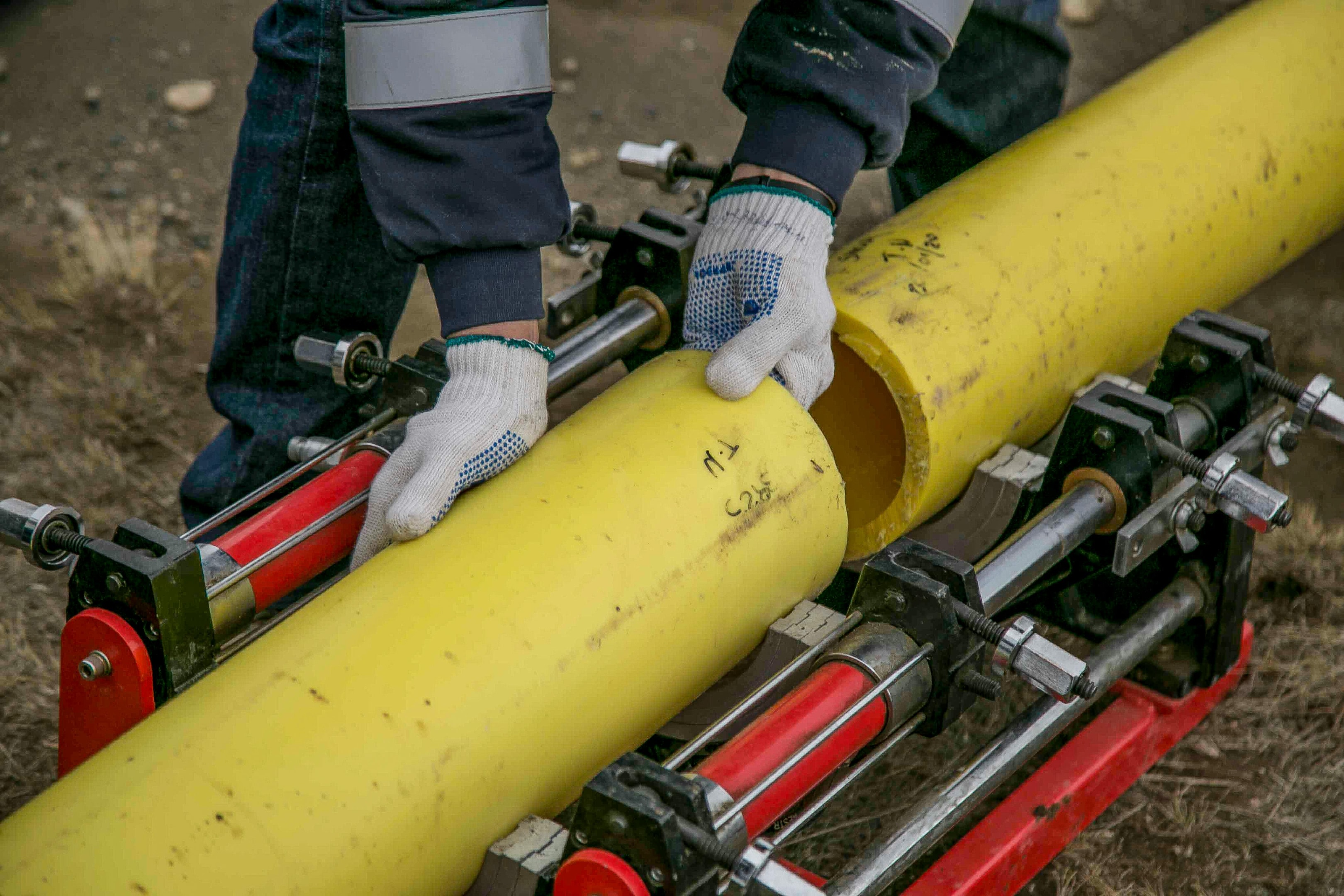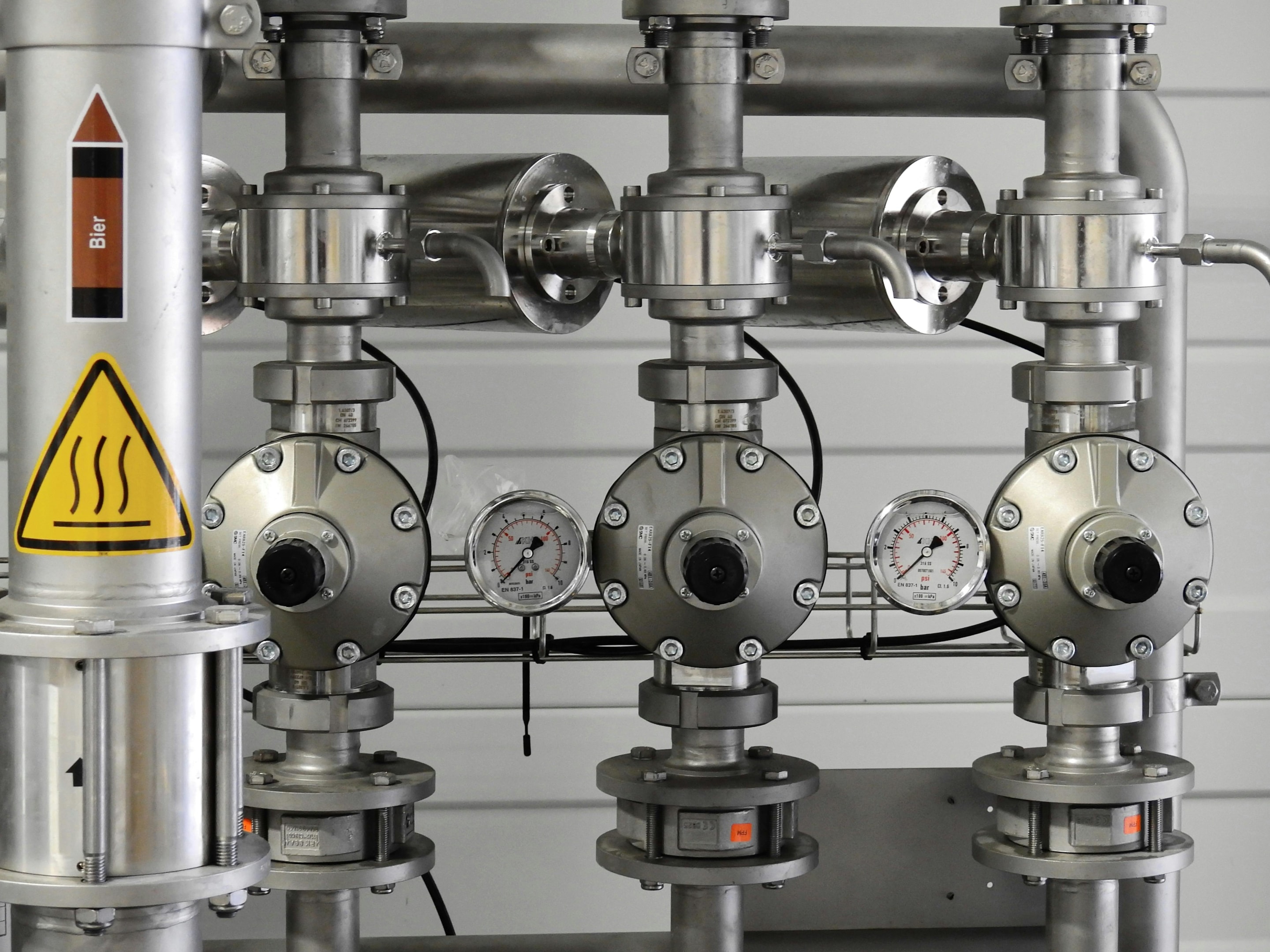
Starting a plumbing business in Australia can be a lucrative venture, but it requires careful planning and execution. Establishing your own plumbing business involves understanding the market, obtaining necessary licenses, and setting up operations. A well-structured business plan is essential for setting the foundation of your business, securing funding and guiding your growth.
This comprehensive guide will walk you through the key components of a plumbers business plan, tailored to the Australian market. Additionally, a plumbing business plan template is available to help you create a detailed and effective strategy.
Why You Need a Business Plan
Clarity and Direction
A plumbing business plan provides clarity and direction, helping you define your business goals, target market and strategies to achieve success. It serves as a roadmap for your business, ensuring you stay focused and on track.
Securing Funding
If you need to secure funding from banks or investors, detailed business plans are crucial. Personal savings are also one of the main sources of funding for service and repair plumbing businesses, emphasising its importance in initial funding and profitability timelines. It demonstrates that you have a clear vision, understand the market and have a solid strategy for profitability.
Managing Risks
A business plan helps you identify potential risks and challenges, allowing you to develop strategies to mitigate them. This proactive approach can save you time, money and stress in the long run.
Key Components of a Plumbers Business Plan
1. Executive Summary
The executive summary provides a brief overview of your plumbing business plan, highlighting the key points. It should include:
- Business name and location
- Business objectives
- Target market
- Services offered
- Financial projections
- Funding requirements (if applicable)
2. Business Description
Business Structure
Plumbing business owners should outline their business structure, whether it’s a sole trader, partnership, company or trust. Each structure has its own legal and tax implications, so choose the one that best suits your business needs.
Services Offered
Detail the range of plumbing services you will offer, such as:
- Residential plumbing
- Commercial plumbing
- Emergency services
- Installation of plumbing systems
- Maintenance services
3. Market Analysis
Industry Overview
Provide an overview of the plumbing industry in Australia, including current market trends, market size and growth potential for plumbing companies. Highlight any regulatory requirements or industry standards relevant to your business.
Target Market
Identify your target market, such as residential and commercial clients, homeowners, businesses, or property managers. Describe their demographics, needs and preferences. Understanding your target market is essential for developing effective marketing strategies.
Competitive Analysis
Analyse your competitors, including their strengths and weaknesses. Identify gaps in the market that your business can fill. This analysis will help you position your business and differentiate your services from competitors.
4. Marketing and Sales Strategy
Marketing Plan
Develop a marketing plan to promote your own plumbing company. Consider various marketing channels, such as:
- Online marketing (website, social media, SEO)
- Local advertising (newspapers, flyers, billboards)
- Networking and referrals
- Trade shows and community events
Sales Strategy
Outline your sales strategy, including pricing, discounts and promotions. Describe how you will attract and retain customers, such as offering excellent customer service, providing guarantees, or running loyalty programs.
5. Operations Plan
Business Location
Describe your business location, including any office or workshop space. If you plan to operate from home, explain how you will manage your operations and meet customer needs.
Equipment and Tools
List the equipment and tools you will need for your plumbing business. Include costs for purchasing or leasing these items, as well as any ongoing maintenance expenses.
Suppliers and Vendors
Identify your suppliers and vendors for plumbing materials and supplies. Building strong relationships with reliable suppliers can ensure you have access to quality materials at competitive prices.
Staffing Plan
Outline your staffing needs, including the number of employees, their roles and qualifications. Describe your recruitment and training processes to ensure you hire skilled and reliable staff.
6. Financial Plan
Startup Costs
Calculate your startup costs, including equipment, tools, licensing, insurance, marketing and initial working capital. This will help you determine how much funding you need to launch your business.
Revenue Projections
Project your revenue for the first few years of operation. Consider factors such as pricing, market demand and competition. Use realistic assumptions to create accurate projections.
Expense Forecast
Estimate your operating expenses, including salaries, rent, utilities, insurance, marketing and other overhead costs. Keeping a close eye on your expenses will help you manage your cash flow effectively.
Break-Even Analysis
Perform a break-even analysis to determine when your business will become profitable. This analysis helps you understand how much revenue you need to cover your costs and start making a profit.
Funding Requirements
If you need external funding, specify the amount required and how it will be used. Outline your funding strategy, whether it’s through bank loans, investors or government grants.
7. Legal and Regulatory Considerations

Licensing and Permits
Ensure you obtain all necessary licenses and permits to operate your plumbing business in Australia. This may include trade licenses, business registration and local council permits.
Insurance
Secure the appropriate business insurance coverage, such as public liability insurance, professional indemnity insurance and workers’ compensation insurance. Insurance protects your business from potential risks and liabilities.
Occupational Health and Safety (OHS)
Comply with OHS regulations to ensure a safe working environment for you and your employees. Implement safety protocols and provide training to minimise workplace accidents and injuries.
8. SWOT Analysis
Conduct a SWOT analysis to identify your business’s strengths, weaknesses, opportunities, and threats. This analysis helps you develop strategies to leverage your strengths, address weaknesses, capitalise on opportunities and mitigate threats.
Conclusion
Creating a detailed business plan is essential for the success of your plumbing business in Australia. It provides a clear roadmap, helps you secure funding and ensures you stay focused on your goals. By following the steps outlined in this guide, you can develop a comprehensive business plan that sets your plumbing business up for success.
For expert guidance in creating and executing your business plan, reach out to Grey Space Advisory. Our team of experienced professionals is here to support you with tailored advice and comprehensive services to help you achieve your business goals. Contact us today to learn more about how we can assist you in building a successful plumbing business.
FAQs
How do I choose the right business structure for my plumbing business?
Choosing the right business structure depends on factors such as liability, tax implications, and business goals. Common structures for plumbing businesses in Australia include sole trader, partnership, company and trust. Consult with a legal or business advisor to determine the best structure for your needs.
What licenses and permits do I need to start a plumbing business in Australia?
You will need trade licenses, business registration and potentially local council permits to operate a plumbing business in Australia. Check with your local authorities and industry associations for specific requirements in your area.
How can I effectively market my plumbing business?
Effective marketing strategies for plumbing businesses include online marketing (website, social media, SEO), local advertising (newspapers, flyers, billboards), networking, referrals, and participating in trade shows and community events.
What financial projections should be included in my business plan?
Your business plan should include revenue projections, expense forecasts, break-even analysis and funding requirements. These projections help you understand your financial needs and plan for profitability.












